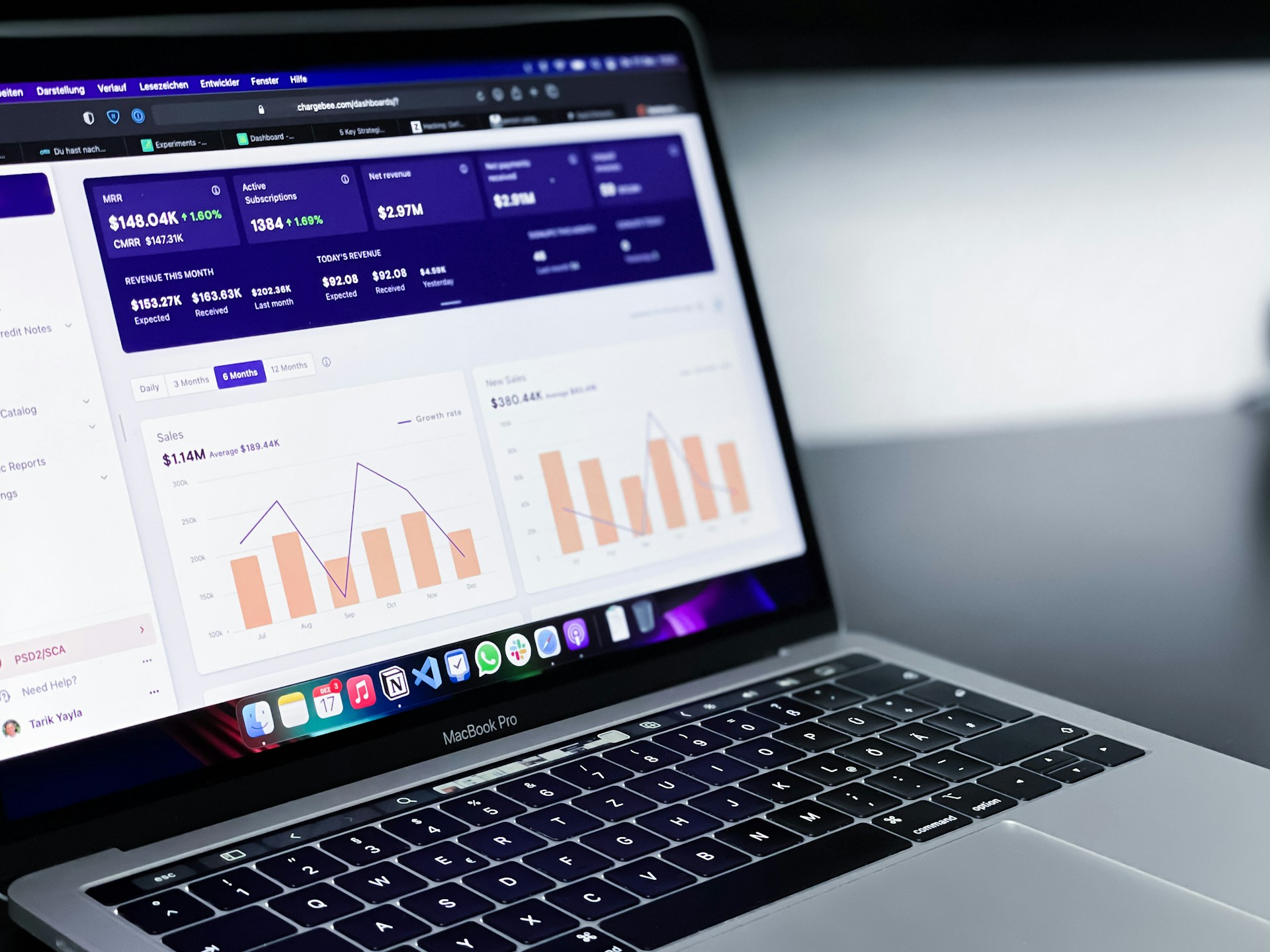
Three major technology systems in manufacturing
Sensing technology: As the "nerve endings" of CPS, it collects physical world data (equipment status, process parameters, environmental indicators) in real time;
Sustainable technology: As the "value orientation" of CPS, it embeds environmental protection, energy efficiency and other goals into the entire manufacturing process to drive green transformation.
Intelligent technology: As the "brain" of CPS, it uses algorithms to model, predict and make decisions on data (such as production optimization and fault diagnosis);
Data-Driven Solutions
Transforming manufacturing processes through intelligent data analysis and innovative frameworks for efficiency.
Data Pre-Processing
Enhancing sensor data through normalization, denoising, and feature extraction for improved insights.


Intelligent Framework
Developing modular architectures using advanced APIs for comprehensive and intelligent manufacturing process management.


Key technical directions
Integration of Energy Internet and CPS: Real-time monitoring of workshop energy consumption through smart meters and energy management systems (EMS), combined with CPS simulation capabilities to optimize energy distribution (e.g., a certain automobile factory simulated the energy consumption curves of different shifts through CPS, reducing the energy consumption of the air compressor system by 15%);
Carbon footprint tracking and optimization: Using CPS material flow modeling capabilities to track carbon emissions throughout the life cycle from raw material procurement to product scrapping;
Circular manufacturing technology: Predict product retirement time through CPS and optimize recycling network layout (e.g., Siemens digital twin technology predicts the life of wind turbine components, increasing component recycling rate by 30%).

